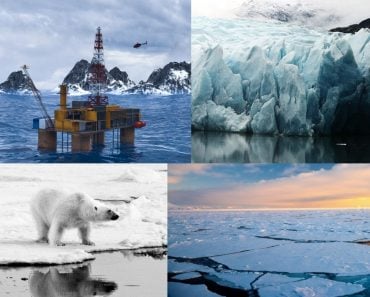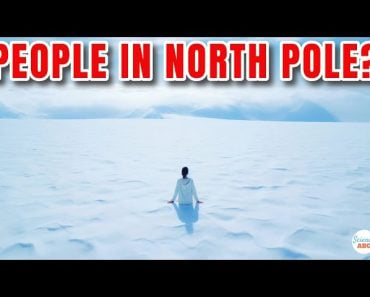Table of Contents (click to expand)
The sun does not set in Alaska for more than two months because of Earth’s axial tilt, which causes the seasons and determines when places are exposed to the sun.
We think of the length of a day as an unchanging constant. Daytime is followed by nighttime, and then the cycle repeats itself endlessly without much variation from the norm.
However, did you know there is a place on Earth where the sun doesn’t set for up to 84 days?
This means it’s daylight around the clock for nearly three months straight!
This place is none other than Alaska, the biggest, most sparsely populated state in the United States. It’s known for its diverse terrain of open spaces, forests, mountains, and abundant wildlife.
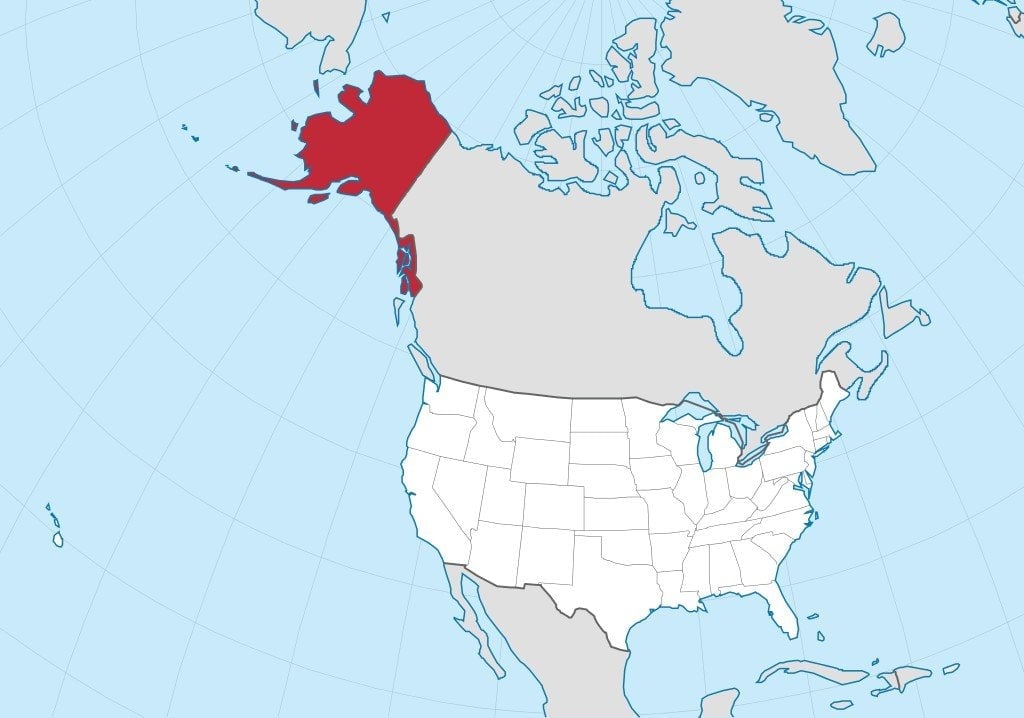
Alaska is renowned for many things, one of which is that its inhabitants experience almost three months of continuous daylight during a particular time of the year.
This raises the question: Why does this happen? Day and night result from Earth’s rotation on its axis, so why does Alaska experience this strange phenomenon? And why is it only Alaska that experiences this?
Recommended Video for you:
Earth’s Axial Tilt
We all know that Earth rotates on its axis, but many might not know that Earth does this while leaning a bit to one side, just as the leaning tower of Pisa leans to one side. This picture will help to visualize the situation on our planet better:
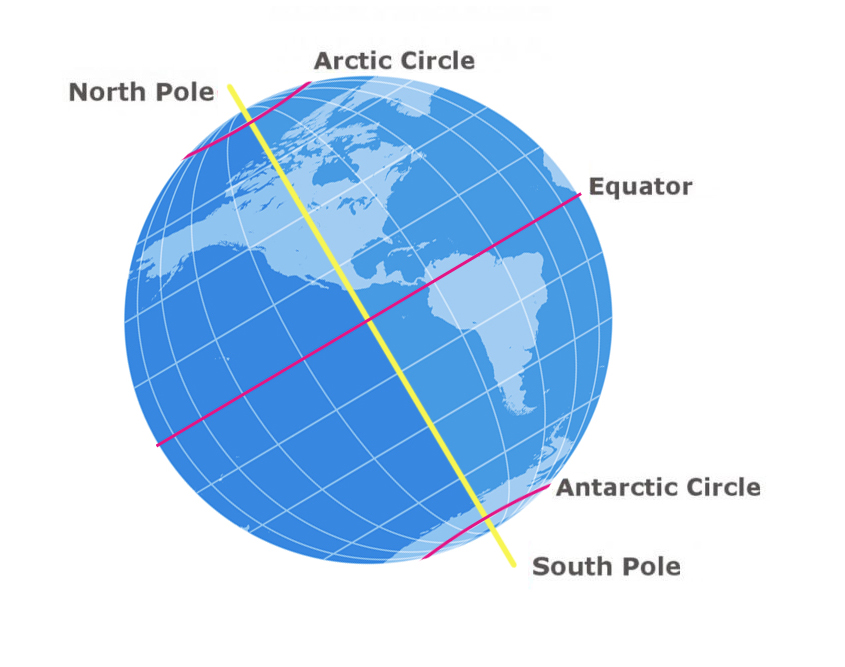
This is known as Earth’s axial tilt, and it is equal to 23.5 degrees. Basically, if you were to draw a line through the north and south poles, passing through Earth’s center, the angle between this line and a line drawn perpendicular to the plane of Earth’s orbit would be 23.5 degrees.
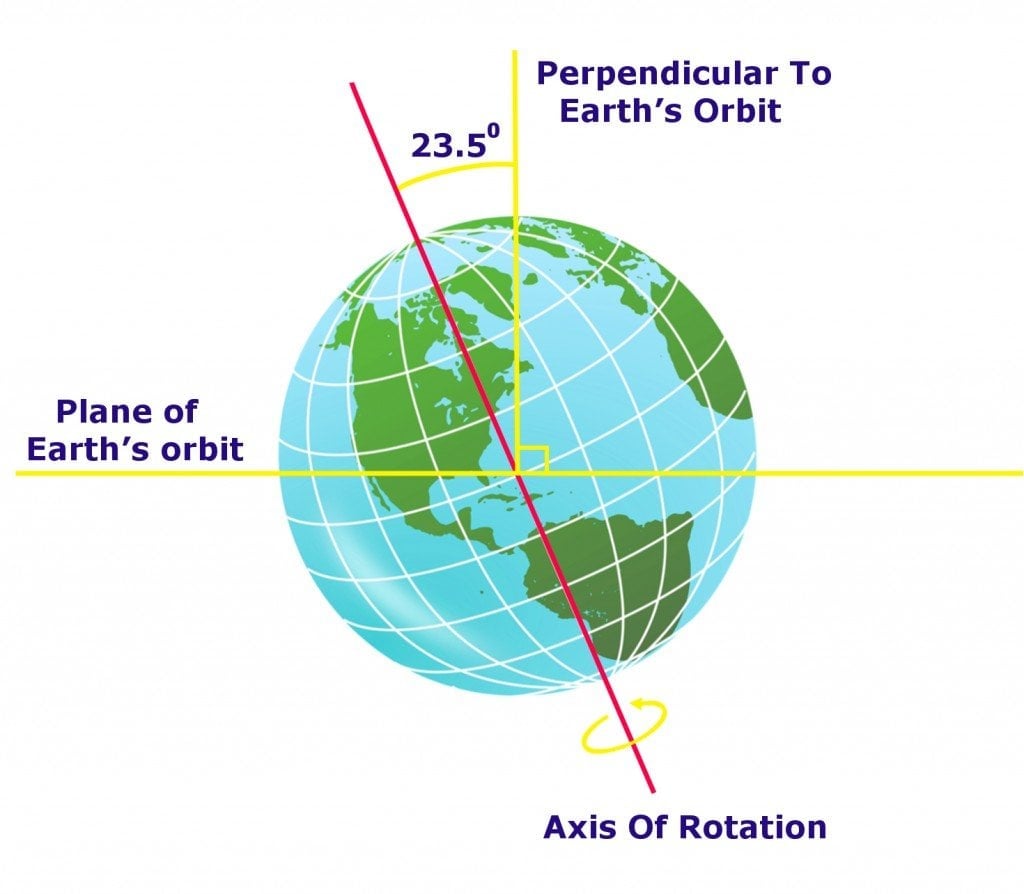
Have you ever noticed that globes are tilted? This is not done for aesthetic appeal, nor is it a manufacturing defect; globes are designed this way to genuinely illustrate Earth’s axial tilt.
Earth’s axial tilt causes the seasons. As our planet moves around the sun, the seasons are determined by where the poles are pointed with respect to our nearby star!
No Night In Barrow, Alaska For 84 Days Straight!
When the Earth’s Northern Hemisphere is tilted towards the sun, the places within 23.5 degrees of the North Pole experience 100% daylight during the summer. In other words, some places in Alaska don’t experience any nights for a long time because those places lie close to the North Pole, which is constantly exposed to the sun.
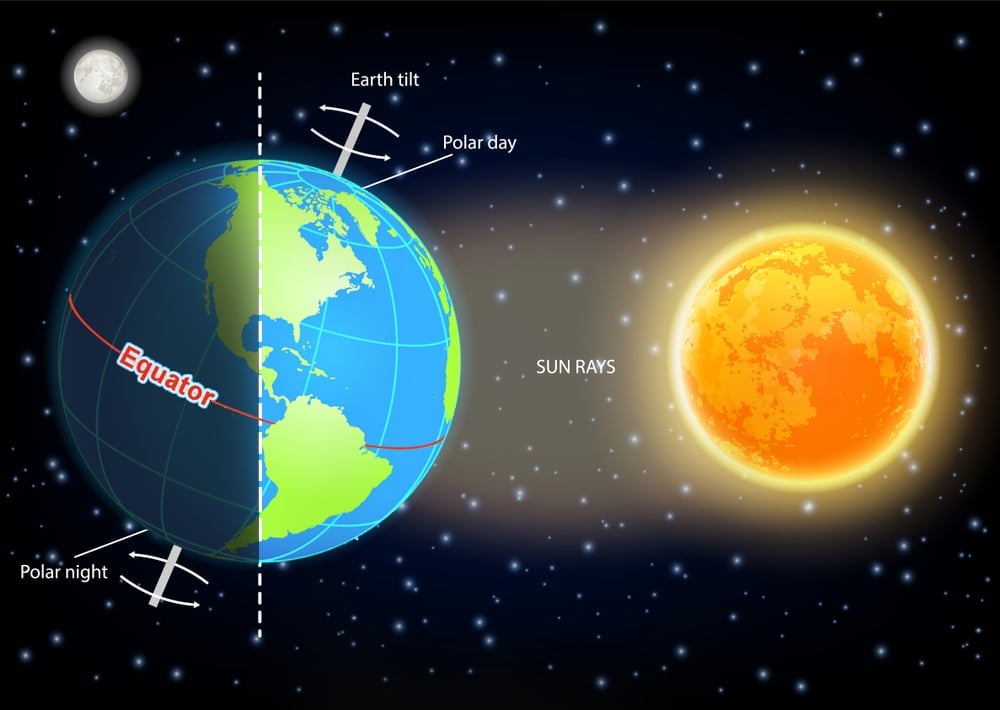
Anything within 23.5 degrees of the North Pole falls under the classification of the Arctic Circle, which is just a fancy name for the northernmost of the five major latitude lines of Earth.
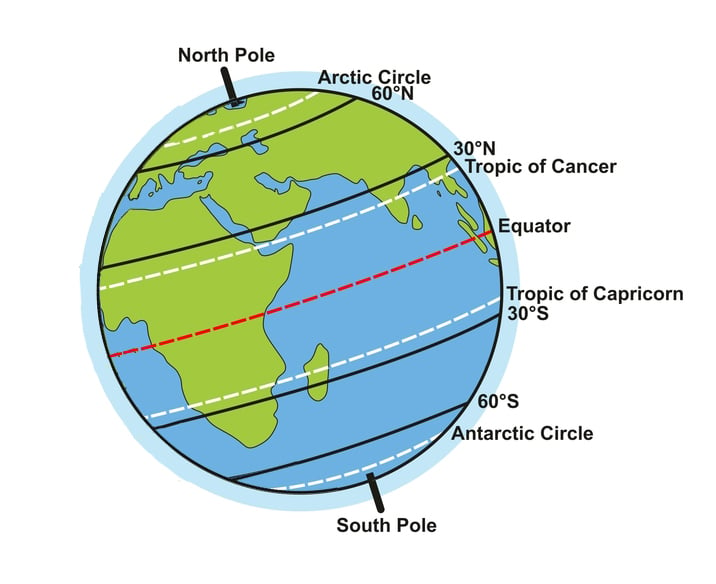
The Arctic Circle is located in the Northern Hemisphere, while its counterpart in the Southern Hemisphere is known as the Antarctic Circle.
Barrow, the northernmost village in Alaska, is far above the Arctic Circle. This is why it is exposed to the sun for more than two months and doesn’t experience night during that period.
On the other hand, it also gets 100% dark in the winter because the North Pole is tilted away from the sun at that time of year.
Alaska is the most sparsely populated US state due to its abnormal day and night schedule and extreme cold temperatures. However, the US government incentivizes people to live in Alaska by providing them with money if they move there. So, if you love nature and stargazing, Alaska could be your perfect vacation destination!
Last Updated By: Ashish Tiwari
References (click to expand)
- Daylight Hours - Alaska Kids' Corner.
- Noninvasive Neurostimulation Techniques - The Sleep Scene.
- Milutin Milankovitch.
- https://www.jstor.org/stable/26263235Alaska is renowned for many things, one of which is that its inhabitants experience almost three months of continuous daylight during a particular time of the year. This raises the question: Why does this happen? Day and night result from Earth's rotation on its axis, so why does Alaska experience this strange phenomenon? And why is it only Alaska that experiences this?




